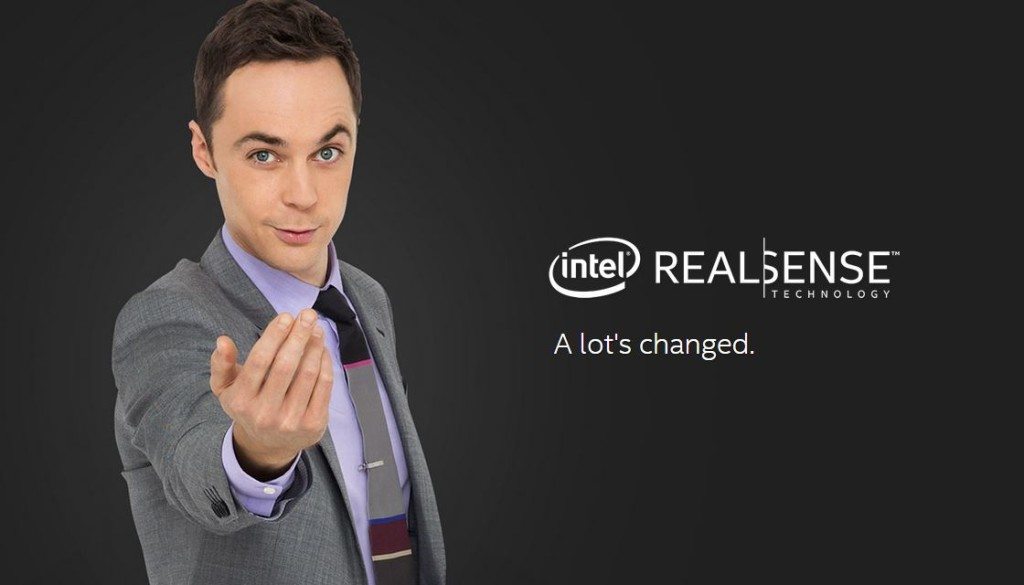It would be great if my PC just recognized me when I sat down and logged me in automatically. That is the promise of the facial recognition feature of Windows Hello in Windows 10. Sadly, though, it seems like it might be awhile before I can try that feature out.
My Surface Pro 3 has a webcam. I have a Logitech webcam connected to my desktop. In fact, I don’t think I’ve had a Windows PC of any size or shape in the past five years or so that didn’t have a webcam. Unfortunately, none of those webcams is good enough and I won’t be able to use Windows Hello facial recognition until I can find a webcam that supports Intel RealSense 3D or get a new Windows 10 PC that includes the RealSense 3D technology.
I wrote a blog post about why Windows Hello won’t work for most Windows 10 users right now:
Windows 10 is here, and with it there are new methods of authentication designed to make it more secure and finally put an end to the use of passwords. Microsoft Passport andWindows Hello are very promising, but only if you have the right hardware…which most of you don’t have.
Most of the marketing and promotion for Windows Hello focuses on the facial recognition aspect—the ability to log in to your Windows 10 PC just by looking at the camera. Windows Hello also includes other biometric authentication techniques as well, though, like fingerprint scanning or iris scanning. The thing that makes Windows Hello useless for a vast majority of Windows 10 users, however, is that most people don’t have the right hardware to interact with the security feature.
Iris scanning isn’t very common outside of James Bond or Mission Impossible movies. Fingerprint scanning is probably the most widely-available of the three options. There have been PCs and laptops available equipped with fingerprint scanners for years. You can also get fingerprint scanning peripherals that attach via USB. It’s still far from mainstream, though—especially in the consumer arena.
Webcams, on the other hand, are virtually ubiquitous. Almost every laptop made has a front-facing webcam, and it’s common for businesses and consumers to have webcams connected to desktop PCs as well. Unfortunately those webcams aren’t good enough for the Windows Hello facial recognition capabilities. Windows Hello requires Intel RealSense 3D camera technology because it analyzes a deeper, more comprehensive facial profile rather than just a pretty picture of your face to provide better security.
You can read the full story on CSOOnline.com: When will be actually be able to say ‘hello’ to Windows Hello?
- Why Data Security Is the Real AI Risk - June 30, 2025
- Why Being Bold Matters in Cybersecurity—and Branding - June 3, 2025
- Gear Tested and Approved: My Top Picks for Dads and Grads This Season - May 28, 2025




Comments are closed.